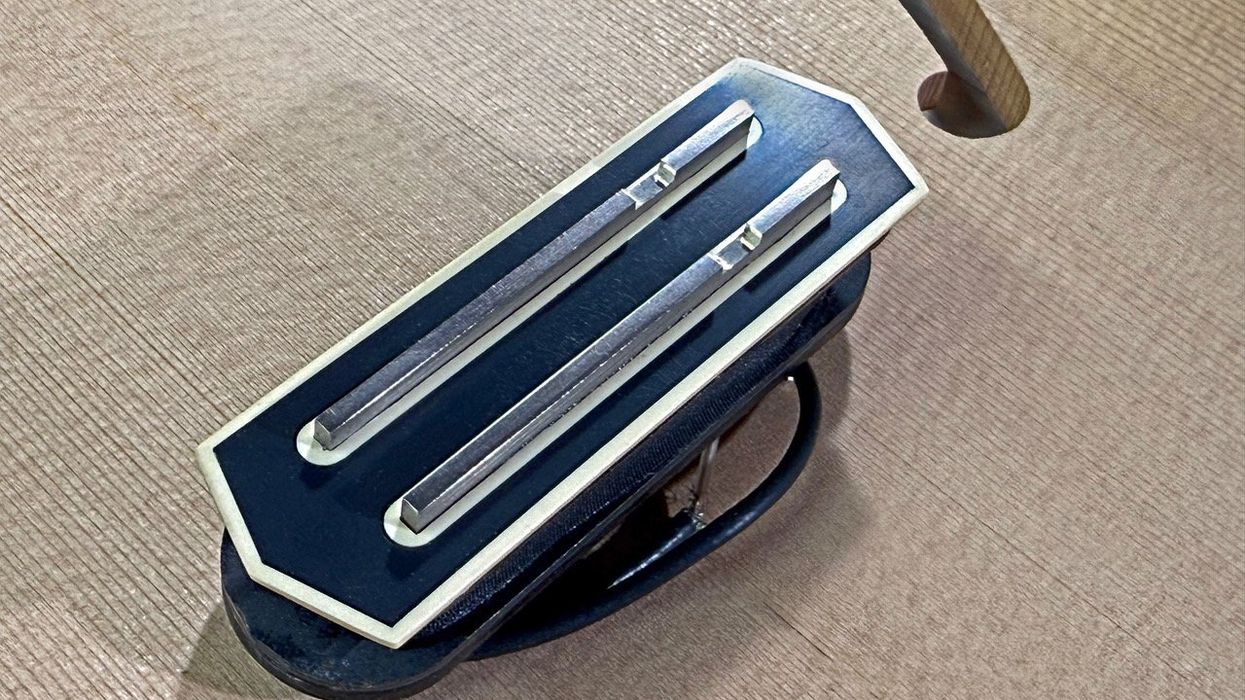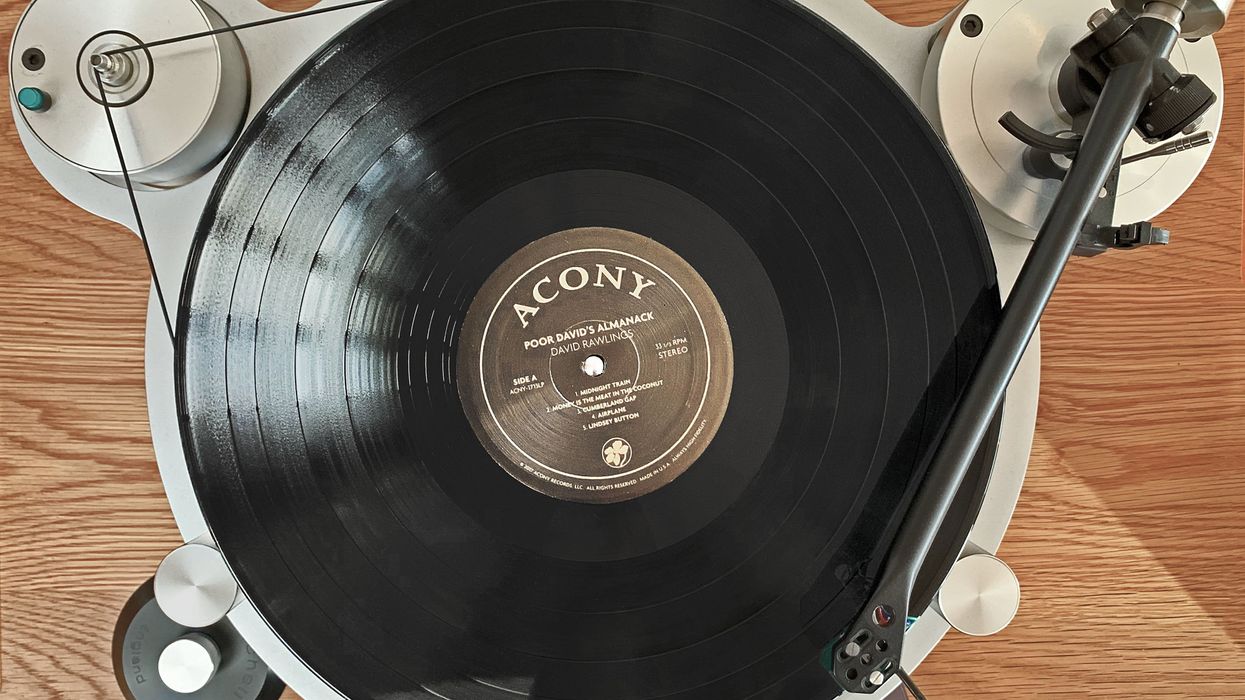For guitarists, things get a little crazy twice each year. I’m not talking about the NAMM convention—it’s bigger than that. Both summer and winter bring temperature and humidity extremes to bear on wooden instruments, and if you’re not prepared, things can get ugly. Dry air shrinks wood and splits guitar parts. Humid air swells tops and fretboards, wreaking havoc on setups and finishes. It’s important to know that damage caused by failure to anticipate this natural occurrence is not a defect in the instrument. Many times, trips to the repair shop can be avoided by simple climate control.
It’s a full-time job for guitar builders, but what we do to cope with nature’s swings has lessons for guitar owners as well. Modern indoor climate control means most people live and work in a fairly narrow range of temperatures, regardless of where they reside. We all know not to leave a guitar in the car trunk when temperatures soar or plummet, but inside of your home, the culprit is humidity.
The yearly average humidity in North America (and around the world) provides an incredibly wide range of numbers. Nevada’s 38.30 percent yearly average is a world apart from Alaska’s surprising 77.10 percent, and that’s just the average. But even these numbers don’t tell the whole story. When you factor in temperature, things can get better, or they can get much worse. What we’re interested in is relative humidity (RH), which is the percentage of water vapor in the air at a given temperature.
Different regions require different approaches. Both Arizona and Louisiana can be crazy hot in the summer, but their humidity levels couldn’t be more different. In the Southwest, air conditioning that’s working overtime to cool is also stripping moisture from the air. Whereas in New Orleans, getting things dried out is a constant battle. It’s safe to say that most places need both temperature and humidity control to avoid problems.
Many times, trips to the repair shop can be avoided by simple climate control.
Manufacturers can’t afford the damage that humidity (or lack of it) can bring. When RH drops too quickly, expensive stockpiles of tonewoods can crack, reducing them to firewood. At the very least, swings in humidity can make wooden parts hard to fit, especially when they’re machined to tight tolerances by CNC. In a guitarist’s home, low humidity can split tops and shrink bodies resulting in delamination of bindings or bridges. Fretboards not protected with finish are the first things to react to changing humidity, bowing or warping enough to render an instrument unplayable. High humidity expands the fretboard, forcing the neck into a backwards bow, whereas low humidity shrinkage creates an opposite, forward bow. Shrinking fretboards also reveal fret ends which can be uncomfortable at best. In some cases, expansion and shrinking may cause finish to flake off, especially at sharp corners or fretboard edges. Needless to say, this isn’t what you want happening to your collection.
The good news is that if you keep most of your instruments in a single room, it won’t be too hard to control the humidity. The first step is to get an accurate hygrometer to determine what the current RH is in your space. Most times, the problem is low humidity. In that case, calculate the room size and begin your search for a room humidifier to match your needs. If humidity is high, you’ll need a dehumidifier, and you can use the same method to determine the size. Keep the RH between 35 and 45 percent to be safe. Your room needs to be sealed off. Otherwise your efforts will literally go out the window. I like the type of unit that senses the humidity, and you can just set it and forget it—until it’s time to fill (or empty) the tank. The trick is not to have them both on at once. They’ll just get into a never-ending battle with each other. You’ll have to monitor things to know when to switch over as the seasons change.
At home or in a small studio, you can control your instrument’s environment for a relatively small outlay. A few hundred bucks is way more affordable than crack repairs. It also keeps things comfy, which is a nice bonus. Think of it as a large pedal whose effect is keeping your guitars playing right and protecting your investment.
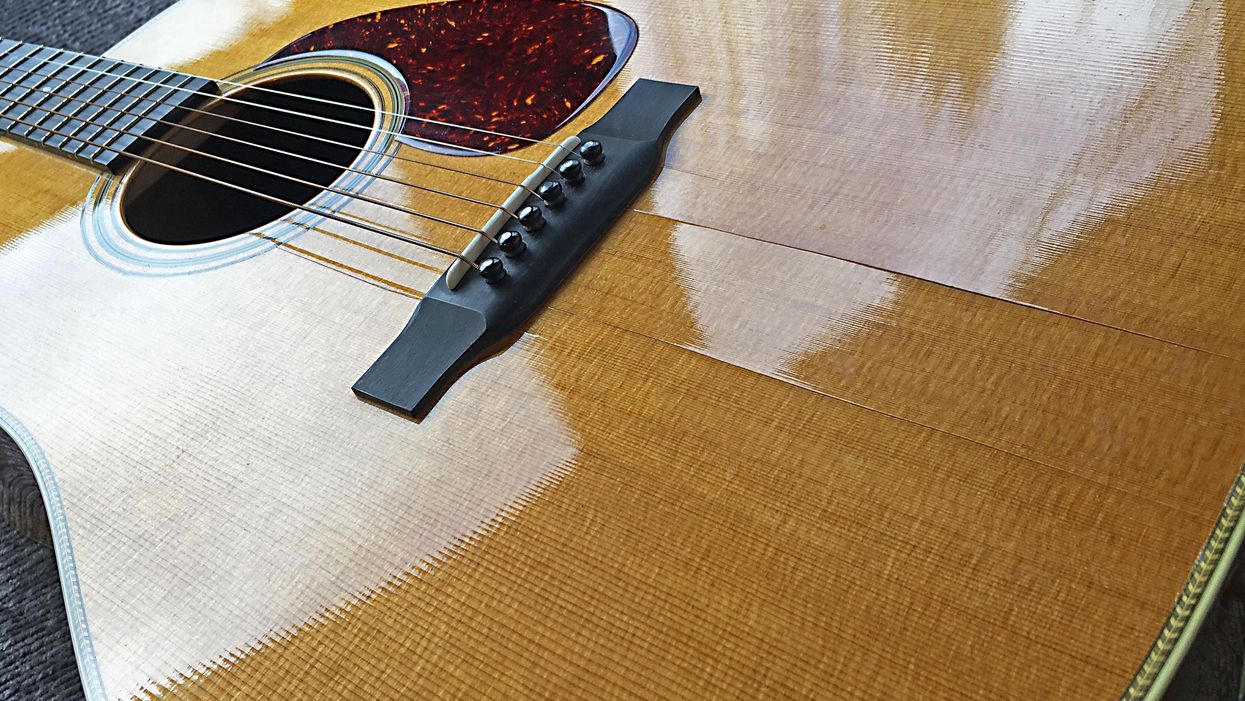



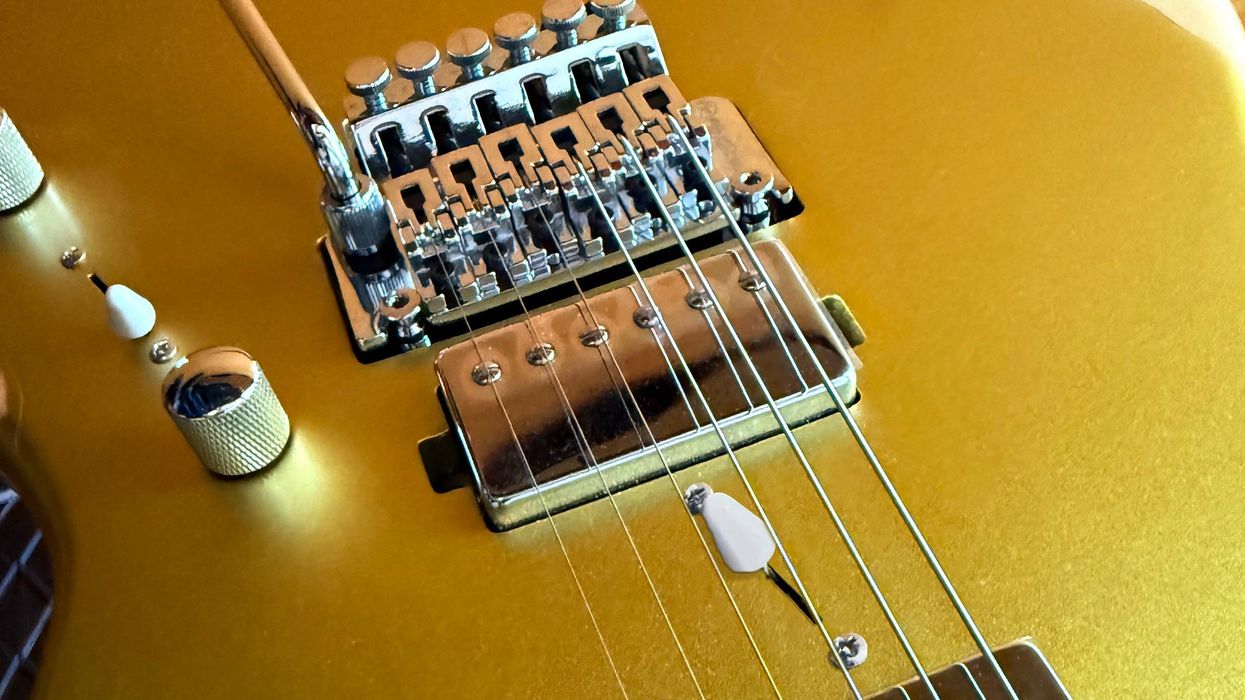
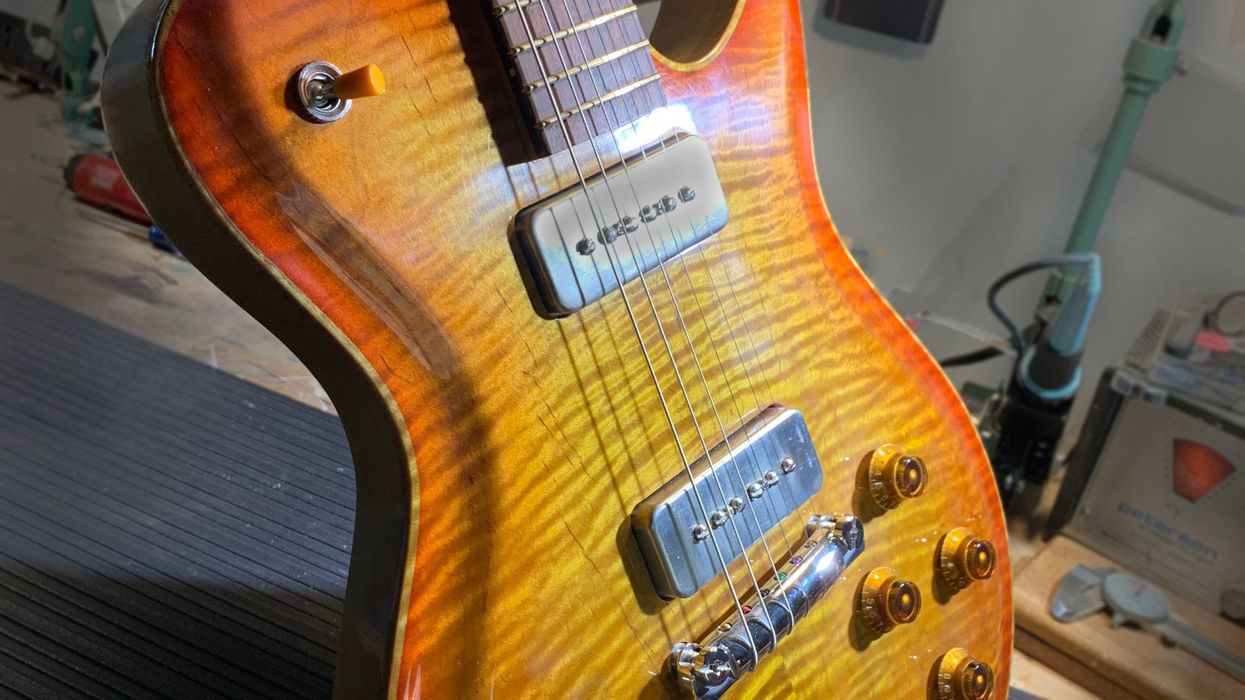






![Rig Rundown: AFI [2025]](https://www.premierguitar.com/media-library/youtube.jpg?id=62064741&width=1245&height=700&quality=70&coordinates=0%2C0%2C0%2C0)
